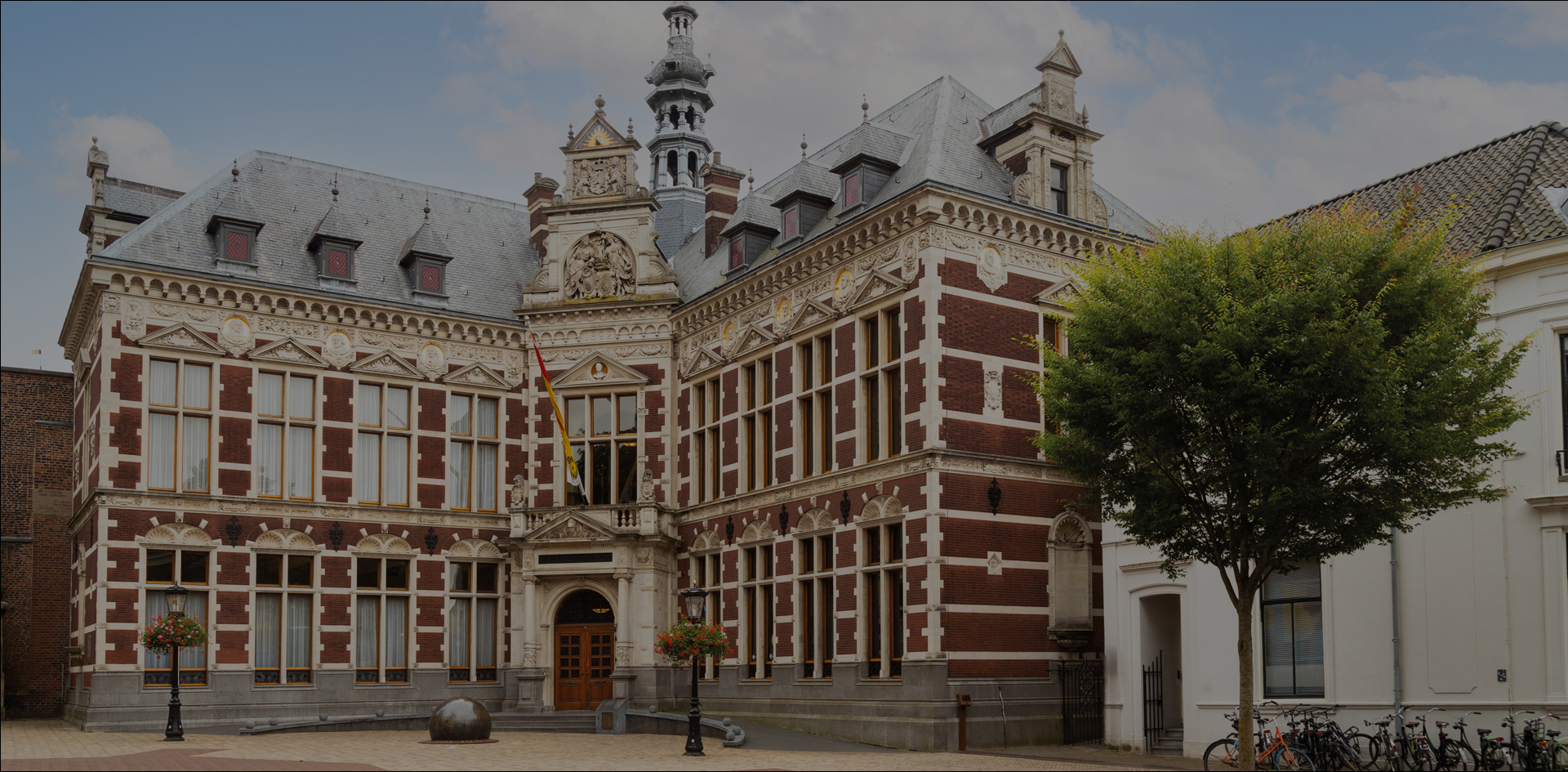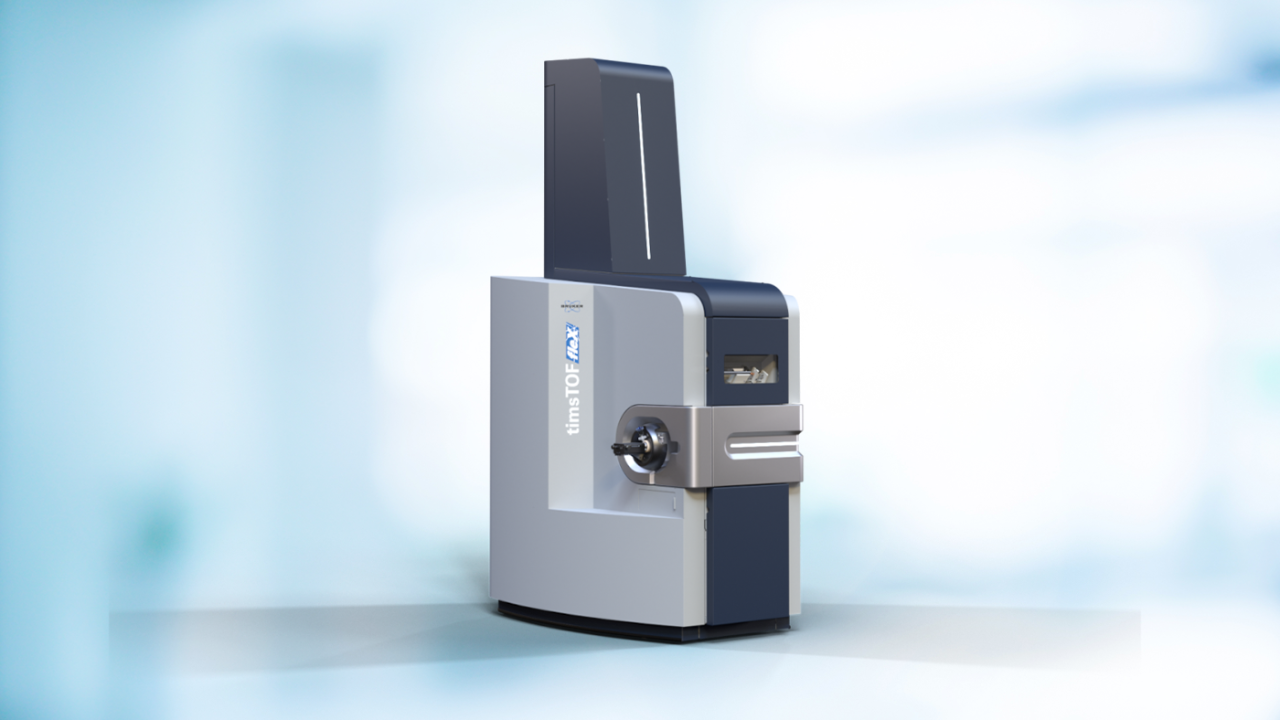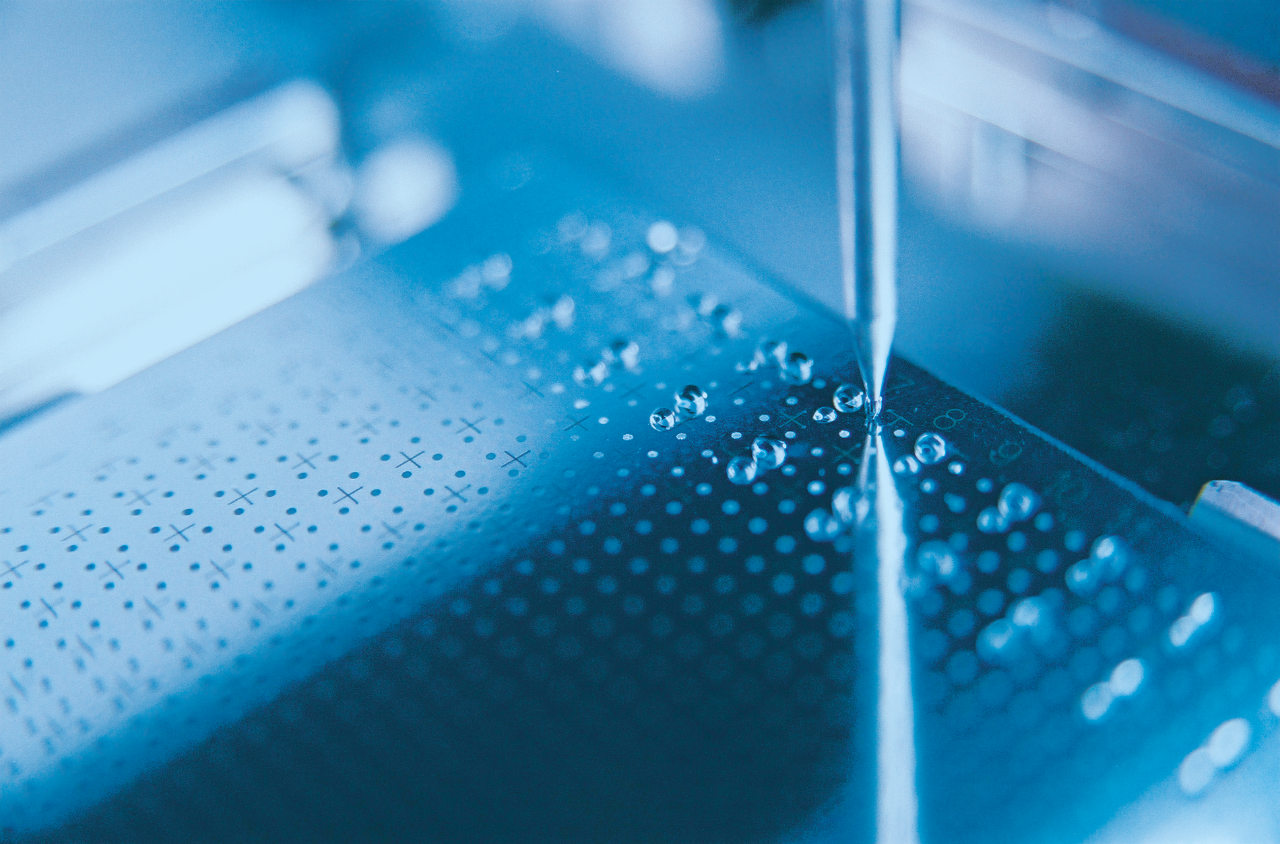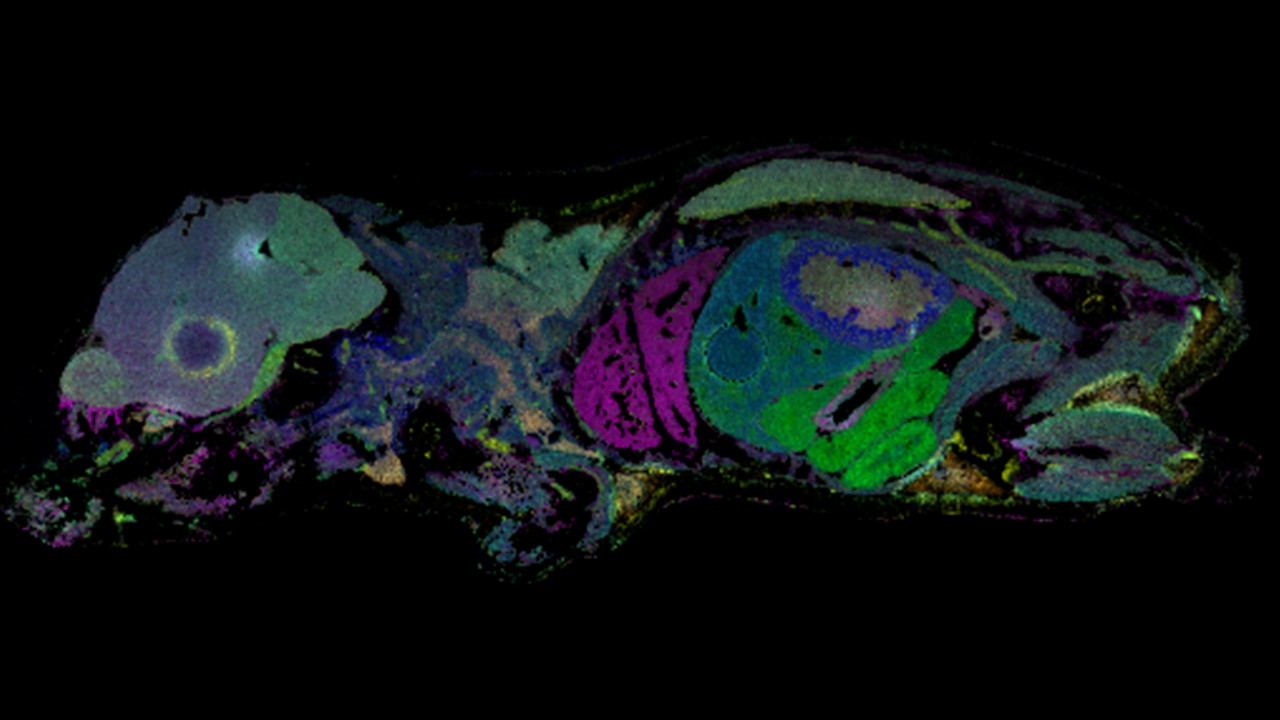

Charting new territory in pathology research with the Bruker timsTOF fleX
Introduction
Researchers at the University Medical Center Utrecht are using Bruker molecular imaging solutions to accelerate developments in personalized medicine.
‘’We’re using laser microdissection in combination with the timsTOF flex instrument’s MALDI Imaging capability, and these are the methods that could become increasingly important in the future for this field. There’s a lot of potential for this technology.’’
Dr. Andreas Sonnen is Assistant Professor in the Department of Pathology at the University Medical Center Utrecht, Netherlands.
Investment in Medical Research
The University Medical Center Utrecht (UMCU) is renowned for breakthrough research in disease mechanisms, to find new approaches for treatments that will improve patient outcomes. The long-term goal is to take these medical discoveries into clinical practice.
The UMCU recently acquired the Bruker timsTOF fleX to evaluate the potential of matrix-assisted laser desorption/ionization time-of-flight (MALDI-TOF) mass spectrometry (MS) in improving diagnostic speed and accuracy in medical research. The UMCU Imaging Division and Pathology Department make heavy use of the timsTOF fleX as a molecular imager with the goal of integrating clinico-pathological data, genomics data and medical imaging data, with MS imaging data.
MALDI-TOF MS with TIMS capability
MALDI-TOF MS has shown significant potential for improving diagnostic speed and accuracy in medical research. The timsTOF fleX is a high-speed, high-sensitivity electrospray ionization (ESI) instrument, designed with a high spatial resolution MALDI source and stage for resolving molecular distributions and bringing a spatial dimension to Omics analyses.
Dr. Sonnen explains: “Our goal is to use the Bruker timsTOF fleX as a research tool to study various types of cancer and other diseases, and to establish it as a reliable diagnostic imaging modality within the foreseeable future.”
Since ions produced by the MALDI and ESI travel the same path to the detector from the source, MALDI workflows can take advantage of the most advanced features found in the timsTOF fleX, including trapped ion mobility separation (TIMS) based on the collisional cross section (CCS) of detected molecules. Tuning and calibration can be performed in ESI mode and used for the MALDI experiment for additional ease of optimization.
Research Interests
The timsTOF fleX instrument at the UMCU has already demonstrated new capabilities for medical research. Analysing complex samples such as tissue sections is improved because TIMS can separate isobaric or isomeric metabolites, lipids, peptides or glycans to get the true spatial localization of an analyte. The timsTOF fleX differentiates isomeric distributions where high mass resolution fails.
The research interests of Dr. Sonnen and his team at the UMCU offer significant potential in the advancement of personalized medicine, which experts believe could result in new therapies that can improve a patient’s response and deliver better care.
About University Medical Center Utrecht
The University Medical Center Utrecht (Dutch: Universitair Medisch Centrum Utrecht) or UMC Utrecht is the main hospital of the city of Utrecht. It is affiliated with Utrecht University. Since the foundation of the university in 1636, an academic hospital has existed in various forms.
Nowadays, the UMC Utrecht comprises the academic hospital, the Faculty of Medicine, as well as the Wilhelmina Children's Hospital. In total, approximately 11,000 people work at the UMCU, including medical staff, nursing staff, residents, support personnel and researchers, making it one of the largest hospitals in the Netherlands.
For Research Use Only. Not for use in clinical diagnostic procedures.


